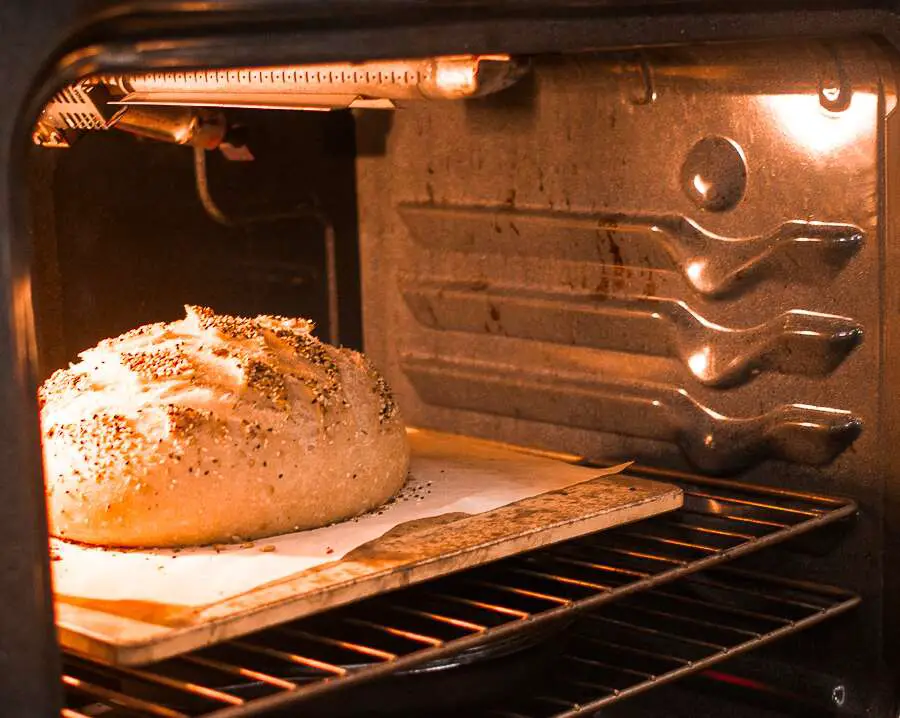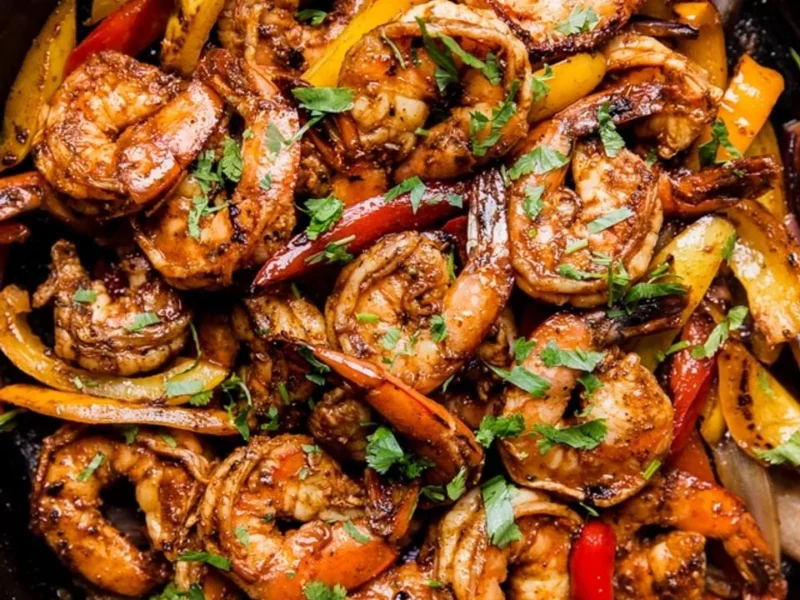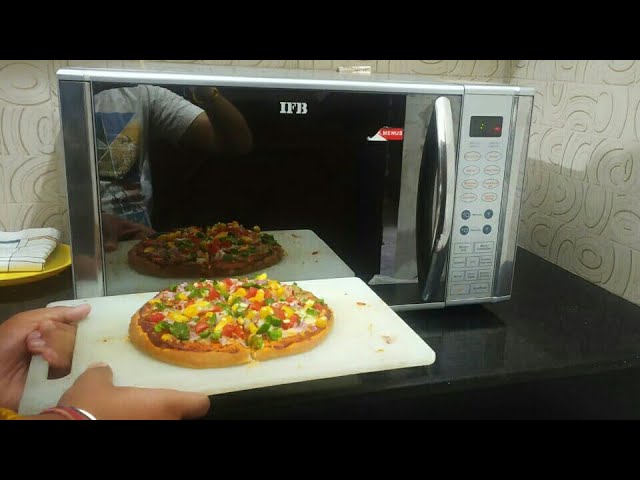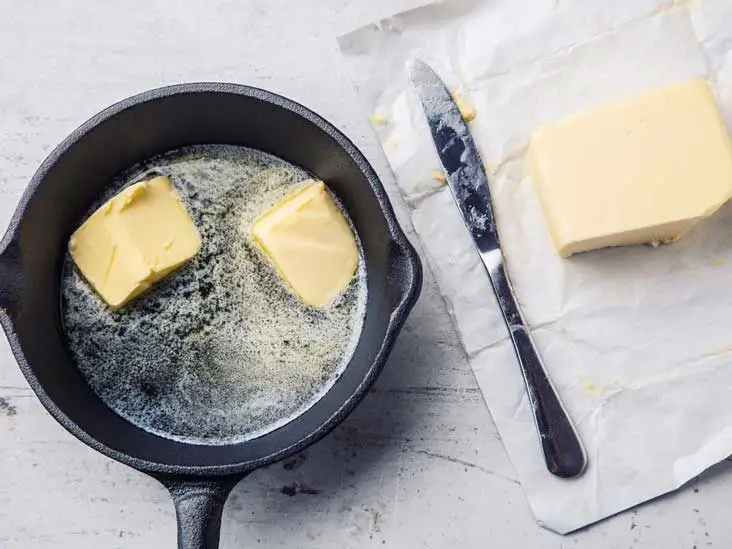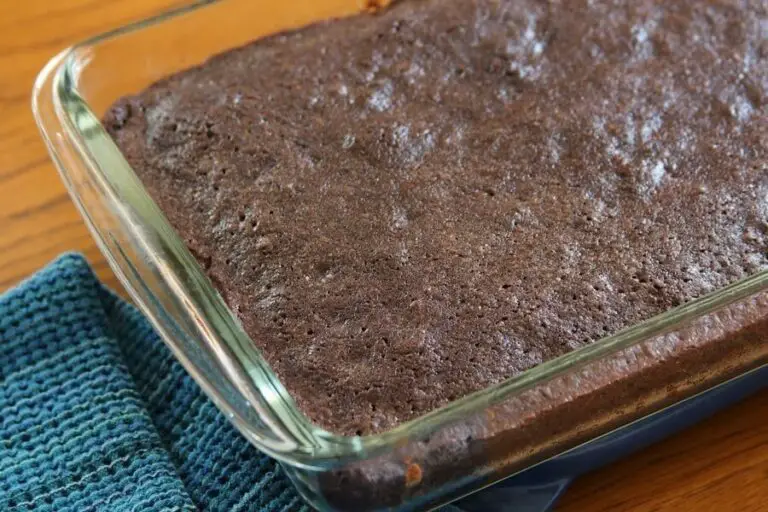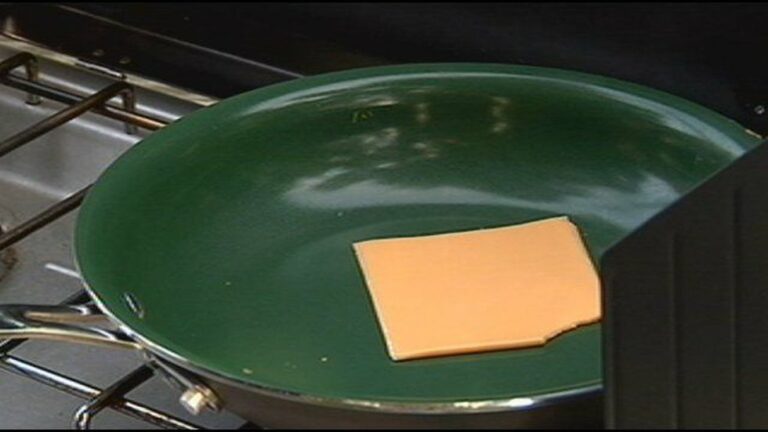Baking bread is an age-old tradition that has been practiced for centuries. However, baking bread on the right rack is crucial to achieving a perfect loaf. Understanding the different racks in your oven and how they affect your bread is essential to producing a delicious and evenly cooked loaf. In this article, we will provide you with everything you need to know about where best to place your dough while baking.
Understanding Different Racks in an Oven
Ovens are designed with multiple racks for different purposes, but it can be confusing deciding which level is suitable for specific baked goods.
The placement of the dough in the oven depends on the temperature and heat distribution through the oven. Most ovens have three or more available heights for racks located at different positions — top, middle, and bottom.
Top Rack
The top rack is suitable for certain baked goods that require high heat exposure and quick cooking times such as pizzas. The higher temperature helps dough that requires minimal time to cook evenly without burning the crust or overcooking the toppings. Additionally, using the top rack allows even distribution of heat across pizza’s surface area since it’s closer to the heating element.
Middle Rack
The middle rack is considered as a default position when baking bread due to even heating throughout baking time; thus, it provides a consistent result. Bread made of whole grains, multigrains, sourdough blends require longer baking periods than other types(1), making this level perfect for these kinds of loaves.
Bottom Rack
Using the lowest rack in your oven provides unique advantages over any other location in an oven: crispy crusts and browning on their bread thanks again to intense heat exposure from close proximity to a heating element.
Factors That Influence Rack Choice
During baking, dough interacts with prevailing conditions like type of bread, loaf size and shape, and personal oven circumstances like insulation quality and convection fan availability, necessitating different placements in the oven during baking.
Type of Bread
Bread comes in numerous styles and flavors, including French, sourdough, and artisan bread. Some require specific heat exposure levels to achieve perfect results. For instance, French baguettes need an intense heat blast (450-475 F) and minimal airflow to develop a signature crust(2). So it would be best to place these loaves at the bottom rack closer to the heating element.
Loaf Size and Shape
Some specialty loaf pans ask for specific baking positions based on design variations. During placement of larger bread dough such as round loaves or multi-loaf tins more room is required; therefore stakes up the space by oven height level might come in handy for efficient baking.
Personal Oven Circumstances
Your unique kitchen setup – insulation quality varies from rigidity to the mobility of ovens with convection fans – employed places calls upon close examination: fan position may change temperatures and reduce cooking times, while optimal insulation produces consistent results throughout bake time.
Tips for Perfect Placement Based on Your Needs
The following are some tips on where to place your loaf:
Baking Sheets
Baking sheets are a convenient way of transfering bread dough into another surface heated and seasoned with parchment paper for easing handling and controlling spreading without spilling. Parchment paper keeps bread from sticking when transferred while non-stick spray ensures better release without altering taste or texture.
Pizza Stone
Pizza stones were invented after manufacturers realized they replicated traditional stone hearths popular back home. They provide a seamless transfer of heat between pizza crusts during baking as compared to metallic pans that create hot spots which lead to uneven baking.
Temperature Safe Stones
It is essential to understand temperature limits compatible with individual stones before using them due to differences in material thermal conductivity: only stones preheated within a range capable of withstanding heat from the oven should be used; otherwise, it might crack and render itself useless.
Recommended Oven Settings
Fan Setting: Convection fans stir heated and cool air around the oven, resulting in fast baking times than without. It’s best to exercise caution when using them as they interfere with variable temperatures across different levels of the rack. In contrast, static ovens(3) provide predictable cooking times that come in handy when cooking requires a specified time lapse before getting withdrawn from the oven.
Final Considerations
Cool-Down Time: As dough cools down on the rack after removal from the oven, repeatable heated surfaces may reinforce cold transfer from certain points affect ingredients that are placed on them – use cooling racks for efficient air circulation around loaves for uniformed results.
Prep Surfaces for Hot Pans: Meals like roasted chicken facing downward can easily stick to your roasting pans during preparation or burn because of hot spots that accumulate along pan ridges while baking. To reduce burned or stuck meal portions ensure you spread enough oil over these spots to prevent sticking whilst guaranteeing a roast conveniently served.
Conclusion
When baking bread, paying attention to rack placement is paramount since it plays a huge role in how well your bread comes out. Understanding different racks influences, considering factors while choosing them based on personal experience ensures perfect results every time.
Q&A
Q1. What is the optimal placement for baking bread: top or bottom rack?
A1. The best placement for baking bread depends on the type of bread you are making. In general, artisanal loaves that require a crispy crust and moist interior should be baked on the lower rack, while softer loaves like sandwich bread should be placed on the middle or upper rack.
Q2. Can I bake multiple loaves of bread at once, and if so, how should I arrange them on the racks?
A2. Yes, you can bake multiple loaves of bread at once by placing them side-by-side on the middle rack or staggered on both the middle and lower racks. Make sure to leave enough space between each loaf to allow adequate air flow and even baking.
Q3. How do I prevent my bread from burning while baking?
A3. To prevent your bread from burning, monitor it closely during baking and cover it with foil if it begins to brown too quickly. Also, make sure to place a pan of water in the oven along with your bread as this will help keep moisture levels high and prevent over-browning.
Q4. Is it better to bake bread directly on the oven rack or use a baking sheet?
A4. It is generally recommended to use a baking sheet when baking bread as this helps support its structure and prevents it from spreading too much during cooking. If desired, you can also place your dough directly on a pizza stone or other specialized baking surface for optimal results.
